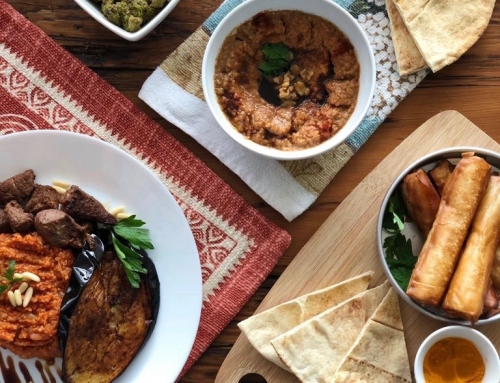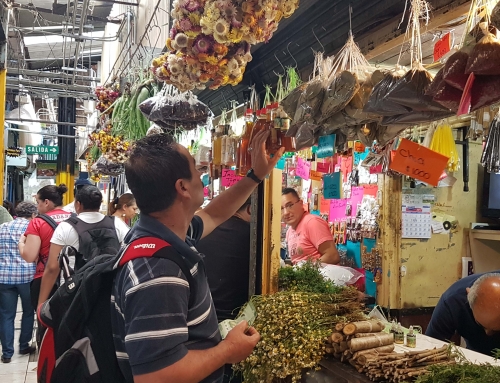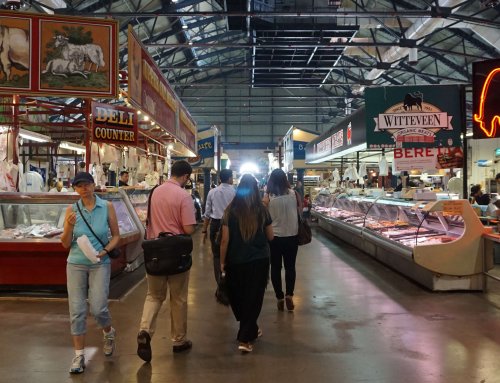Have you ever thought of traveling to a different country and considered the idea that you may be so used to cultural norms and etiquettes in your own native country, that you would never even comprehend that you had offended a host or witness? Correcting dining etiquette is one of the key ways in which you can stand out less as a tourist, and even more importantly, prevent a possibly awkward or tense situation away from home and in more unknown territory. These eight global dining etiquettes outline a few ideas that would not automatically cross a traveler’s mind, so prepare to expand your cultural horizons.
1. In Japan, never cross your chopsticks, lick them or stick them upright in a bowl of rice.
During funerals in Japan, the rice bowl of the deceased is placed before their coffin…with their chopsticks upright in the rice, so doing so while dining would be an insult to the deceased.
2. In Thailand, never eat with your fork – merely use it to scoop food onto your spoon.
Also using chopsticks is considered tacky and bad etiquette and do not culturally belong in Thai society as has been commonly mistaken.
3. In India, the Middle East, and parts of Africa, do not eat with your left hand.
Unless your are explicitly left-handed, use your right hand to eat the meal, as these cultures consider the left hand to be used for activities that are unclean. Finish the meal in its entirety. It is considered disrespectful to waste food. Also be prepared to potentially share large dishes with others in your party. Family-style orders are common.
4. In Italy, do not ask for parmesan cheese to garnish your dish if not explicitly offered and drink cappuccinos before noon.
Many pasta dishes in Italy aren’t meant for parmesan. For example, many classic Roman pastas like Bucatini Amatriciana incorporate pecorino cheese rather than parmesan. You won’t see Italians drinking cappuccinos in the afternoon or evening especially after large meals. You will instantly be branded a tourist. Most Italians who do have a digestivo opt for a tiny espresso cup, not large mugs of coffee.
5. In China, don’t finish all the food on your plate.
This is to show your host that you were given more than enough to eat. Additionally, burping and leaving a bit of a mess is encouraged to show proof that you enjoyed the meal.
6. In France, never split the bill and use bread to assist food to the eating utensils.
This is considered poor etiquette and very unsophisticated. Offer to pay entirely or let someone else pay. Also, use bread to assist food to the fork and tear off chunks of it rather than biting directly into it. Leave bread on the table rather than on your plate.
7. In Chile, never eat anything with your hands.
This includes fries. Chilean manners are a little more formal than in other South American countries. This stems from a need to identify more with European culture so exercise good etiquette and eat everything with a fork and knife.
8. In Russia, do not mix or turn down vodka.
Russians do not like to compromise the purity of this drink (even with ice), and so it is always drunk neat. The exception is if vodka is mixed with beer, which turns into a potent beverage known as yorsh. Even worse though than to mix vodka, is to turn it down at any time of the day, as offering someone a drink is a sign of trust and friendship. So drink that vodka even if it is 11 am.





















Leave A Comment